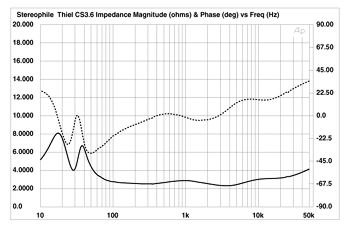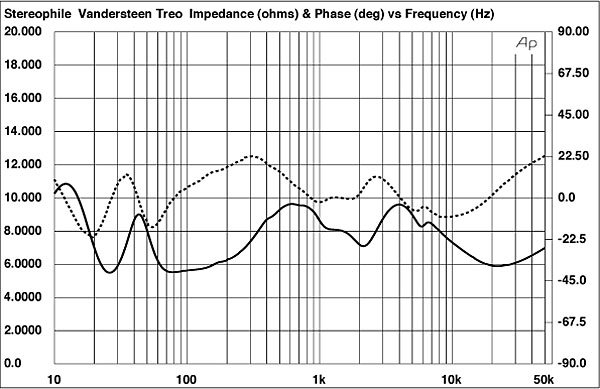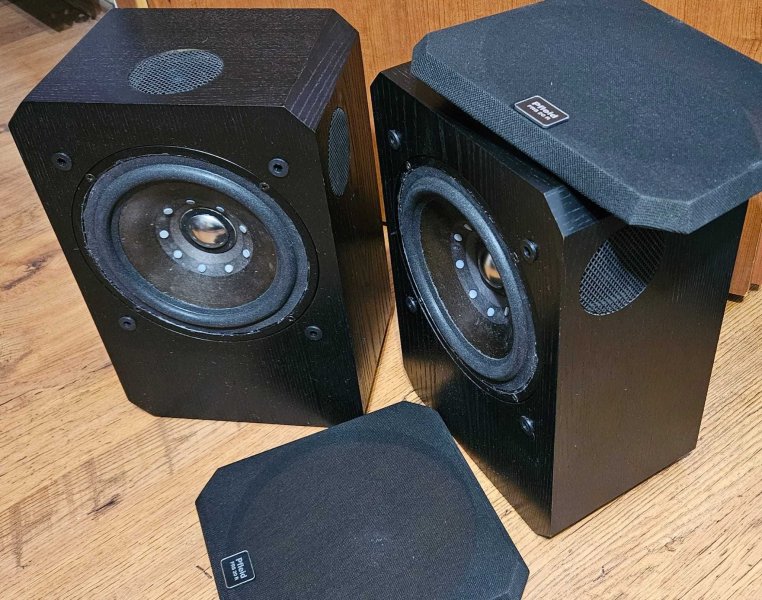Yes, you saw that right. It’s a wideband driver but with intentional lower sensitivity (-9dB) and it helps dipolar emission of the Heil tweeter. It covers a frequency range between 400 and 2500 Hz. There’s only one per channel, firing to the inner side. Aldo says “It creates a sense of presence of voices and instruments on the virtual soundstage.” It doesn’t influence the timbre because of low sensitivity. It’s a SEAS unit as is the Alnico midrange. Btw, crossover is first order. Hope that helps.
Thank you!
@mtemur, I think there is likely to be both a sound-quality benefit and a spatial-quality benefit from the MAAT's extra side-firing energy (it's more side-firing than rear-firing).
First, I think the spectral balance of the side-firing energy will tend to CORRECT the spectral balance of the in-room reflection field:
Typically the in-room reflection field has a generally downward-sloping spectral balance because speakers tend to become increasingly directional as we go up in frequency. Imo it is desirable to minimize the spectral discrepancy between the direct and reflected sound. The wizzer-coned rear-firing wideband driver will have more upper-end energy, and that across a wider area, than the wizzerless main mindrange cone. There may be some further response-shaping in its crossover filter.
The backwave of the ribbon tweeter is providing the upper frequency portion of the side-firing energy, and again this is corrective: The in-room reflection field usually has a shortage of energy in the upper few octaves, and the ribbon's backwave energy helps to fill that in somewhat, just as the side-firing wideband driver's energy is doing between 400 and 2500 Hz.
Ime when the spectral discrepancy between the direct sound and the reflection field is minimized, timbre is more natural-sounding and listening fatigue is far less likely to occur, unless it's a bad recording.
Now the direction that this side-firing energy is oriented is interesting: The wideband driver seems to be aimed towards the opposite-side wall, a bit behind the other speaker. The ribbon's backwave is less precisely aimed but some of it will go in that same general direction. The result will be a LONG reflection path length for that additional energy. Imo this is highly desirable.
Imo the late-arriving in-room reflections are arguably the most beneficial ones as long as they are spectrally correct. This additional late-onset reflection energy will increase the net amount of energy in the later-arriving reflections, will increase the number of directions it arrives from (making the reflection field more diffuse), and will correct the spectral balance of that late-arrival reflection energy. It will also tend to disrupt the "small room signature" of the playback room (I can explain this in more detail if anyone is interested.) And usually only a little bit more is needed - too much and it can start to be detrimental.
And in case there's any doubt about the benefits of spectrally-correct late-arriving reflections, consider that the physical design and acoustic treatment of studio control rooms deliberately seeks to minimize the early reflections while preserving the later-arriving reflections with their high-frequency content intact.
And imo those spectrally-correct, late-arriving reflections act as "carriers" for the reverberation tails on the recording, which can then deliver the "sense of space" captured on the recording. Which brings up few questions I have for
@Marcus:
Does the "sense of space" change significantly from one recording to the next? Do you find that the "sense of space" tends towards "you are there", such that you get the feeling of being immersed in the acoustic space of the recording venue (whether it be real or engineered or both)? Do the sound images seem to be unusually "solid", as if they come from an actual person or instrument occupying physical space? Can you listen for hours and hours with no listening fatigue?
Thanks!

















